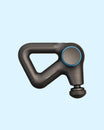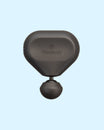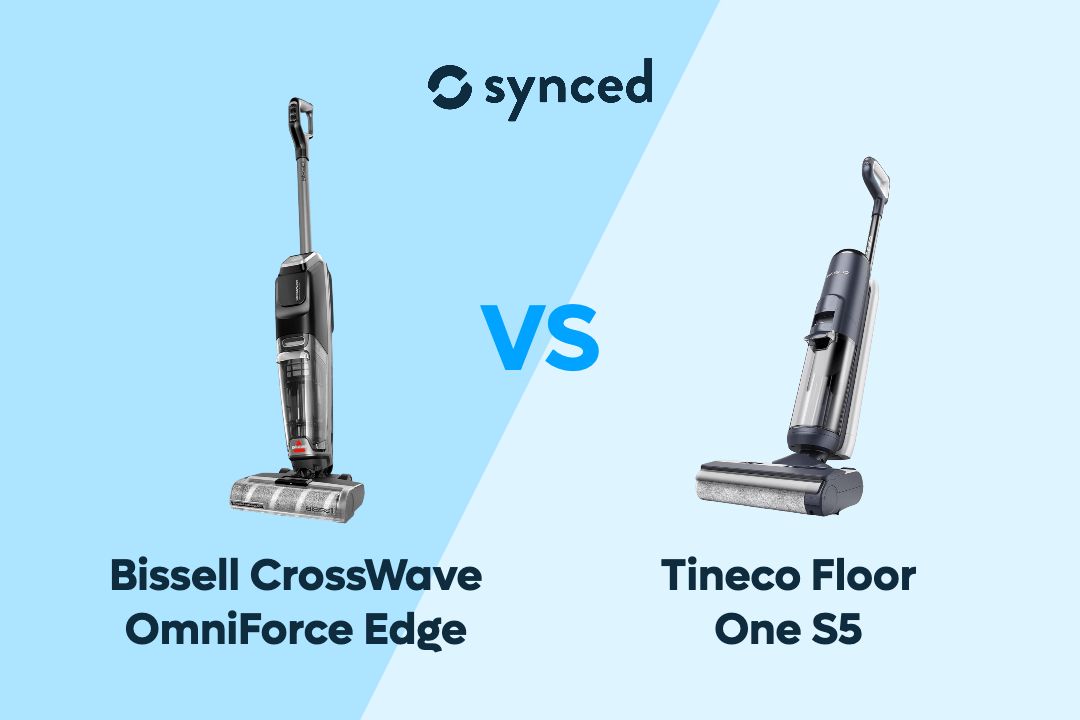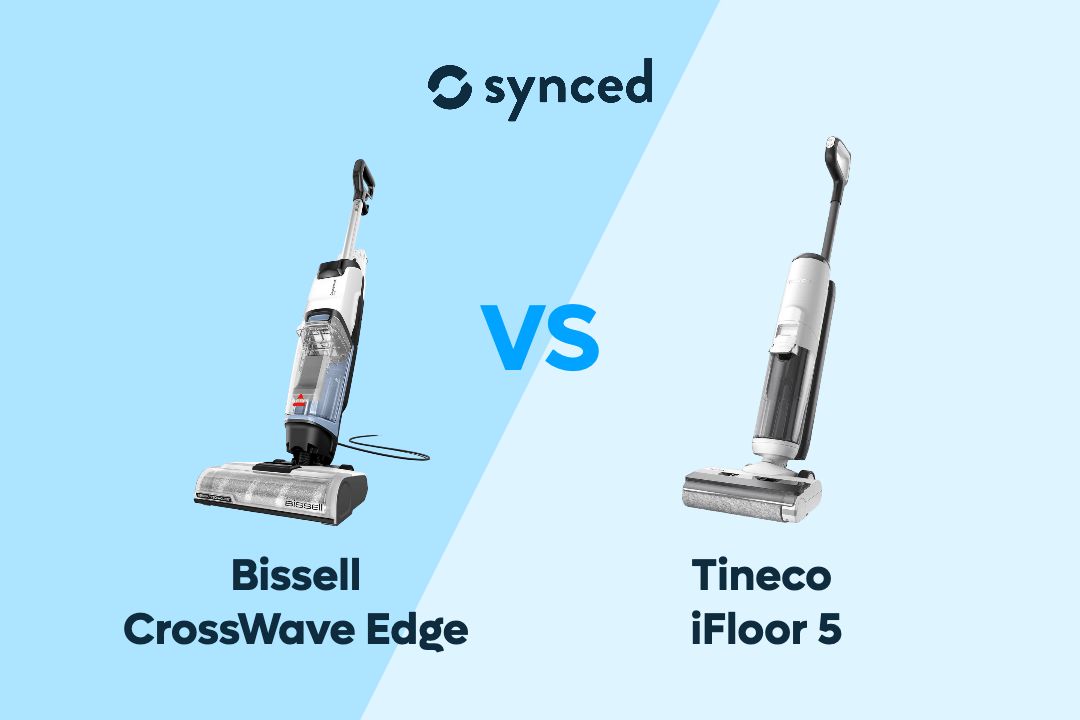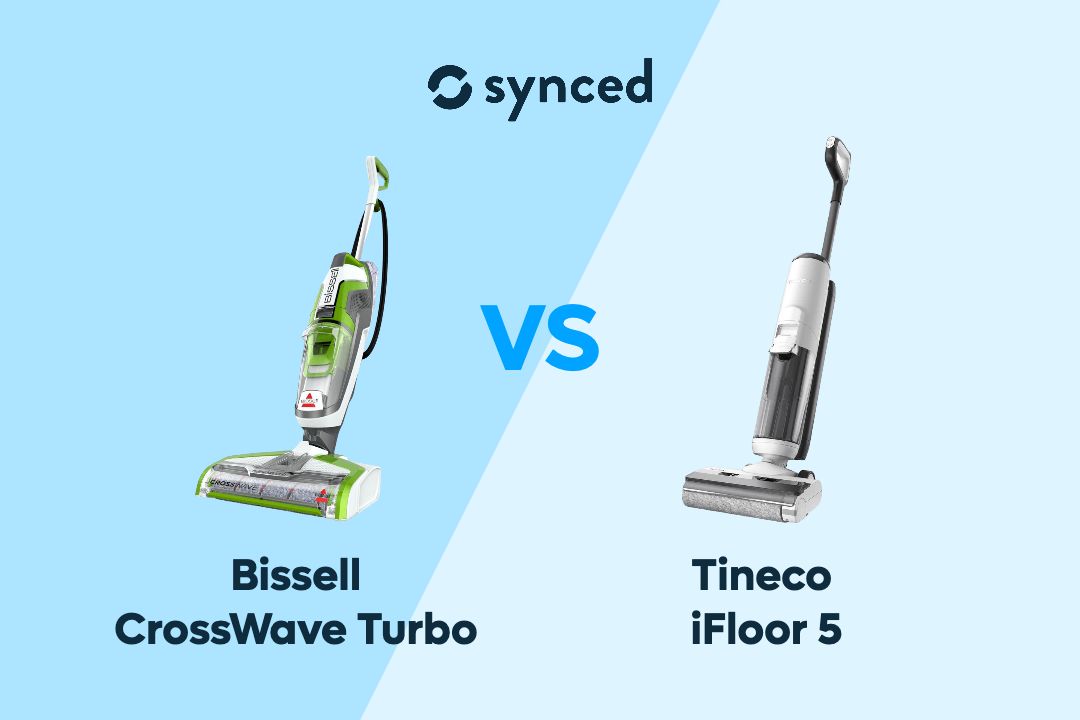DJI Neo vs Avata 2: Budget-Friendly Drone Comparison
By Elisabeth Christ
Updated September 2024

As drone technology advances, picking the right model becomes a more exciting, yet challenging task. The DJI Neo and Avata 2 cater to varying needs, with the Neo offering compact convenience and the Avata 2 leaning toward professional flight control. Both drones have their standout features, from sleek designs to diverse modes of operation, and excel in different areas of performance. Whether you're a first-time flyer or a seasoned drone enthusiast, each drone presents compelling reasons to take to the skies. Let’s dive deeper into their differences to see which one might suit you best.
Key Takeaways
The DJI Neo is an ideal choice for casual or beginner flyers with its compact build, intuitive app control, and decent intelligent flight modes. The Avata 2, with its advanced O4 transmission system, full manual control, and extended flight time, is better suited for seasoned pilots. For those wanting to push their creative boundaries, the Avata 2’s powerful camera capabilities and professional-grade features make it a stronger contender. In contrast, the Neo offers quick, convenient flying experiences for everyday users.


DJI Neo
Compact Drones for Beginners
✓ 2000mAh battery
✓ Level 4wind resistance
✓ Up to 4k at 60fps video recording
✓ 1/2-inch image sensor

DJI Avata 2
Affordable Drones with Advanced Features
✓ DJI O4 ultra-low latency video transmission system
✓ Return-to-home feature
✓ 1/1.3-inch CMOS sensor
✓ 2150mAh battery
#1 Design

DJI Neo
The DJI Neo boasts a compact, lightweight design at just 135g, making it ultra-portable and suitable for quick, on-the-go flying. Its unique propeller guards—both top and bottom—add a layer of protection during autonomous flight, especially helpful for beginners. The camera, mounted on a single axis, benefits from in-camera stabilization for steady footage. Though small, the Neo delivers versatility in how it can be flown: app-controlled or, in advanced bundles, with a controller for extended range and precision.
On the other hand, the DJI Avata 2 features a more aerodynamic design with a flatter frame and longer wheelbase. While it's bulkier than the Neo, this structure provides better wind resistance and improved control. The Avata 2’s DJI Motion Controller 3 offers precise, intuitive control, making it ideal for users seeking a more professional experience. For those looking to execute advanced maneuvers, the gaming-style controller allows for full aerobatics in manual mode, delivering more power for experienced pilots.
#2 Features & Modes

DJI Neo
In terms of features, the DJI Neo offers a solid mix of intelligent flight modes, including Follow, Circle, and Spotlight, designed for easy, cinematic shots. With speeds up to 35.79mph in manual mode (with the FPV controller), the Neo can be surprisingly agile for its size. Its AI subject tracking keeps the subject centered during video capture, while the downward vision positioning ensures stable flight at low altitudes. However, the Neo lacks collision avoidance sensors, which means users need to fly carefully around obstacles.

DJI Avata 2
The Avata 2 takes things up a notch with its more advanced suite of features. It offers three flight modes—Normal, Sport, and fully Manual—with the latter providing complete control for those looking to push the limits of FPV flying. Its 1/1.3-inch CMOS sensor captures sharp, high-resolution images and videos, with 4K video available at 60fps. The O4 ultra-low latency transmission system ensures crisp, smooth footage, even in challenging environments. Moreover, with object avoidance sensors and a panic button, the Avata 2 is designed with both safety and precision in mind, making it suitable for more complex flying conditions.
#3 Performance
• Range and Mobility

DJI Avata 2
The DJI Neo is more suited for short-range flights, with its base kit offering a transmission distance of up to 50m. However, pairing it with the DJI RC-N3 Controller extends the range, making it more versatile for longer flights. Its small size makes it nimble, but its range limitations may deter users seeking broader flight experiences.
By contrast, the Avata 2’s O4 transmission system provides significantly greater range and mobility, making it perfect for long-range flights or complex environments. With a larger frame and enhanced aerodynamics, the Avata 2 moves swiftly through the air, maintaining strong signal strength and clear video even over vast distances.
• Control and Stability

DJI Neo
When it comes to control, the Neo offers simplicity through app-based controls and intuitive flight modes. Its lightweight frame ensures quick, agile movements, but it might feel a bit less stable in windy conditions. The stabilization modes like Rocksteady help keep footage smooth, but manual control options are more limited without the advanced FPV setup.
Avata 2 is all about control. With the DJI Motion Controller 3, users get precise handling and immediate response, perfect for FPV flights. Stability is enhanced with downward and backward visual positioning sensors, helping it hover securely and perform steady maneuvers. The drone excels in both manual and assisted flight, making it a better choice for users prioritizing control.
• Flight Time & Power Source

DJI Avata 2
The DJI Neo offers around 18 minutes of flight time, which, while decent for its size, may feel limited for extended flights. Its battery life depends heavily on how you fly and the environmental conditions, but for quick trips and casual flying, it’s sufficient. Onboard storage is 22GB, providing ample space for capturing footage without needing external cards.
The Avata 2 significantly ups the ante with up to 26 minutes of flight time, allowing for longer, more involved sessions. Its 2150mAh battery provides plenty of power for both intense and leisurely flights. Additionally, with features like ND filter compatibility and D-Log M capture, the Avata 2 is a better fit for serious videographers who need extended flight times and more footage flexibility.
DJI Neo vs Avata 2
Final Thoughts

DJI Neo vs Avata 2
Choosing between the DJI Neo and Avata 2 ultimately depends on your flying needs. The Neo, with its lightweight design and intelligent modes, is perfect for casual flyers or those just starting with drone technology. It offers versatility and ease-of-use, especially for capturing quick shots and short-range flights. The Avata 2, however, caters to more experienced users looking for precision, control, and enhanced video capabilities, particularly with its long-range potential and manual flight modes. Both drones shine in their respective categories, but for professional-grade performance and versatility, the Avata 2 stands out.
If you like to read more about
Drone Camera, check out our other relevant guides here:
Ryze Tello
The Best Drones for 2024
DJI Mavic Air 2 vs DJI Air 2S
DJI Air 3 vs Mavic 3 Pro
DJI Mavic Mini vs DJI Mini 2
DJI Mavic 3 vs Classic
Don't miss out on tech
Subscribe to our newsletter to stay up to date on the latest tech trends and guides on the best gadgets around.


